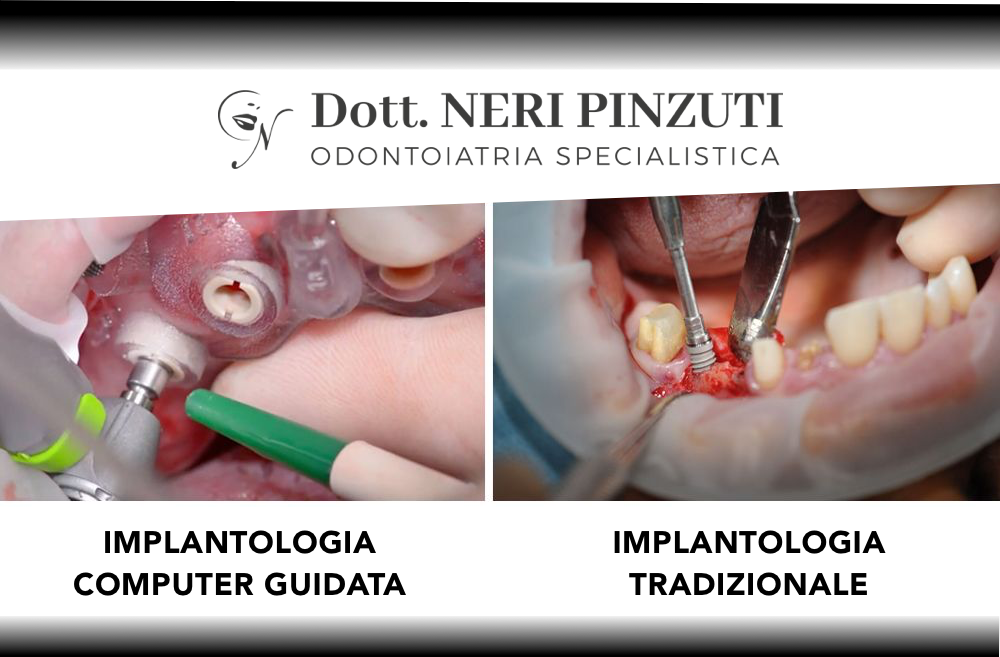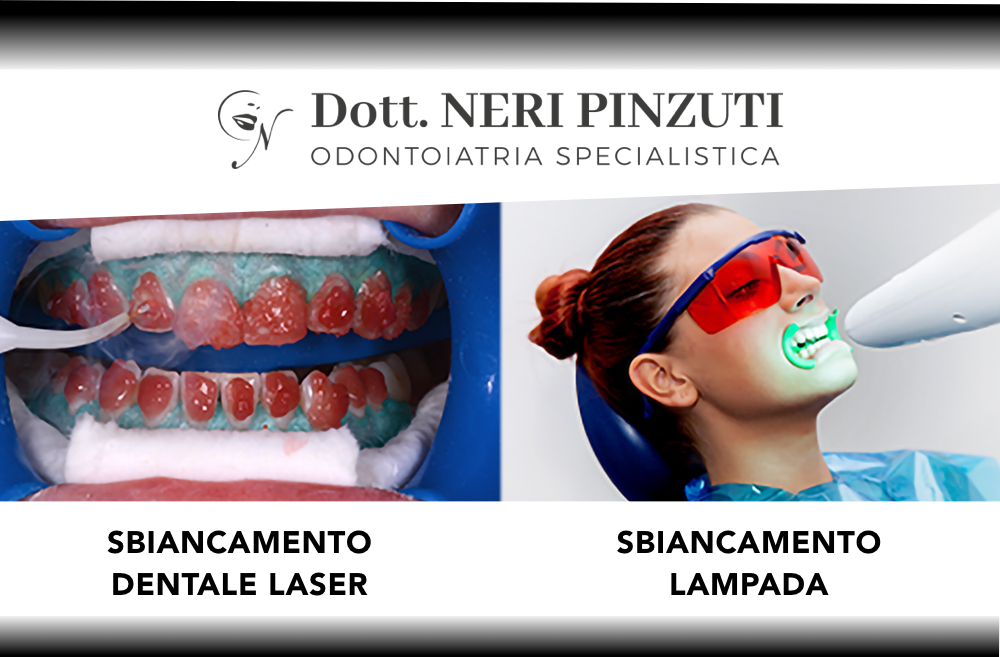Periodontitis is a chronic infectious disease (commonly known as pyorrhea) that causes destruction of the supporting apparatus of the teeth, consisting of the attachment fibers (called the periodontal ligament) and the alveolar bone. It is a slow process that often goes unnoticed and painless. Over time, the tooth becomes loosened and in the worst cases is lost.
The condition is caused by particular bacteria, which lurk in the gingival pockets and grooves, resulting in persistent inflammation causing progressive deterioration of the tooth's supporting structures until it falls out.
The likelihood of suffering from this condition depends largely on the genetic predisposition to harboring the pathogenic microorganisms that cause it in the mouth and the simultaneous inability of the immune system to counteract them.
If plaque is not removed, it increases and accumulates in the gingival sulcus. Plaque also hardens on the root surface of the tooth, becoming tartar; a rough surface where bacteria can more easily adhere.
As the bone support gradually decays, the tooth loses more and more of its attachment, and gingival inflammation evolves into periodontitis.
How can periodontitis be recognized?
Unfortunately, this is a sneaky disease: in most cases it does not cause pain , and often the patient, not feeling discomfort, does not check in with the dentist. In this way, the disease progresses and periodontitis can lead to tooth loss without ever causing pain.
An 'inflammation of the gum or bleeding of the gum should be read as alarm bells to which increased tooth mobility and retraction of the gums should be added. All these signs should prompt the patient to a timely checkup with the specialist.
How is it prevented and how is it treated?
Pivotal element of prevention isoral hygiene, especially dailyoral hygiene through the use of toothbrush, floss, brush and if necessary mouthwash.
However, home oral hygiene alone is not enough: it is essential to follow a screening (checkups) and maintenance (professional hygiene sessions) program planned by the dentist.
During professional in-office treatments first the infection is removed by deep cleaning of the roots of teeth that have pockets. The hygiene procedure, now called root polishing, involves 4 or more sessions.
Sessions can be done once a week or a total mouth disinfection can be performed in two 2-3 hour sessions done 24 hours apart. Oral chlorhexidine antiseptics are also used both during the professional treatment and in the following days to clear the infection.
The patient should be motivated in cooperating by taking care of oral hygiene daily (following the instructions of the dentist and dental hygienist) and avoiding habits that may worsen the situation.
Following the initial treatments, if the disease has stabilized, other necessary dental care (fillings, prostheses), the eventual extraction of elements that can no longer be recovered, and the maintenance phase are carried out.
A condition not to be overlooked
Periodontitis leads over time to the loss of affected teeth due to bone resorption caused by the infection. But that's not all: it is a disorder that should not be overlooked because it can aggravate other conditions in the patient.
The bacteria that cause periodontal disease can easily enter the circulation through the mucosa of the mouth spreading to different organs and apparatuses, thus increasing the possibility of distant infections, especially in individuals already suffering from other diseases (such as diabetes, heart disease, immunodepression etec.) or physiological states (pregnancy and advanced age). In addition, inflammation associated with chronic gingival infection results in increased systemic inflammatory indices, which in turn increase the risk of cardiovascular disease and go on to exacerbate atherosclerotic phenomena or diseases such as rheumatoid arthritis, connectivitis, and vasculitis.



